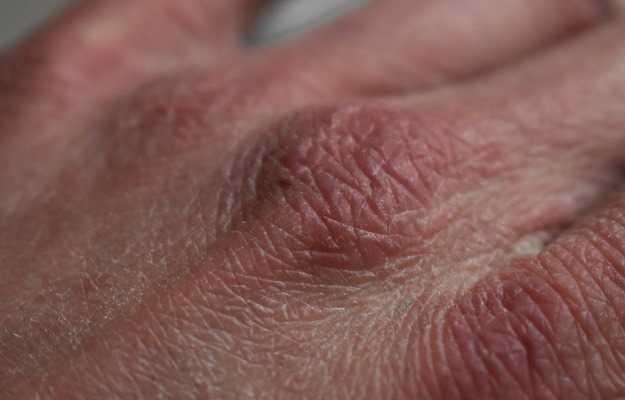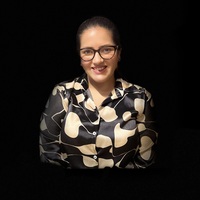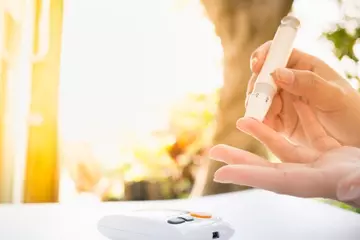What is Ichthyosis?
Ichthyosis is a genetic disorder of the skin, which is characterised by dry and scaly skin. It affects people of all ages, races, and genders and usually occurs at birth or within the first year of life, lasting for the lifetime of the person.
What are its main signs and symptoms?
Depending on the type of ichthyosis the signs and symptoms vary.
- Ichthyosis Vulgaris – It is the most common type and shows symptoms within the first year of life. The skin becomes scaly, dry and rough and the palms and soles show more lines than usual along with thickening of the skin. The face and bends of the elbows and knees are not affected.
- X-linked ichthyosis mostly affects males and causes scaling over the torso and limbs.
- Harlequin Ichthyosis – It is a rare type and causes severe scaling of skin.
- Inability to sweat properly leads to high body temperature or fever frequently.
- Psychological symptoms like poor self-esteem are also seen due to the appearance.
What are its main causes?
Genetic mutations that are passed on to the child by the parents are responsible for ichthyosis. In some cases, the parents are the carriers of the defective gene, this means that they have this defective gene but the disease does not manifest in them. However, when both the parents are carriers, the child acquires the disease. Ichthyosis can be acquired from certain medications used in target cancer therapy.
The default gene causes disturbance in the regeneration of the skin. Either the new skin cells are formed very rapidly or the old skin is shed very slowly leading to rough scaly skin.
How is it diagnosed and treated?
The doctor can often diagnose ichthyosis by looking at the skin changes. He/she may enquire in detail about your medical and family history. A skin biopsy may be performed to differentiate ichthyosis from other skin diseases.
There is no particular treatment or cure for the disease. The primary aim of the treatment is to reduce the dryness of the skin and keep it well hydrated. Having frequent baths, removing soft scales during bath, applying moisturizer immediately after bath, and applying petroleum jelly over the open wounds may help relieve the condition.

 Doctors for Ichthyosis
Doctors for Ichthyosis 


















